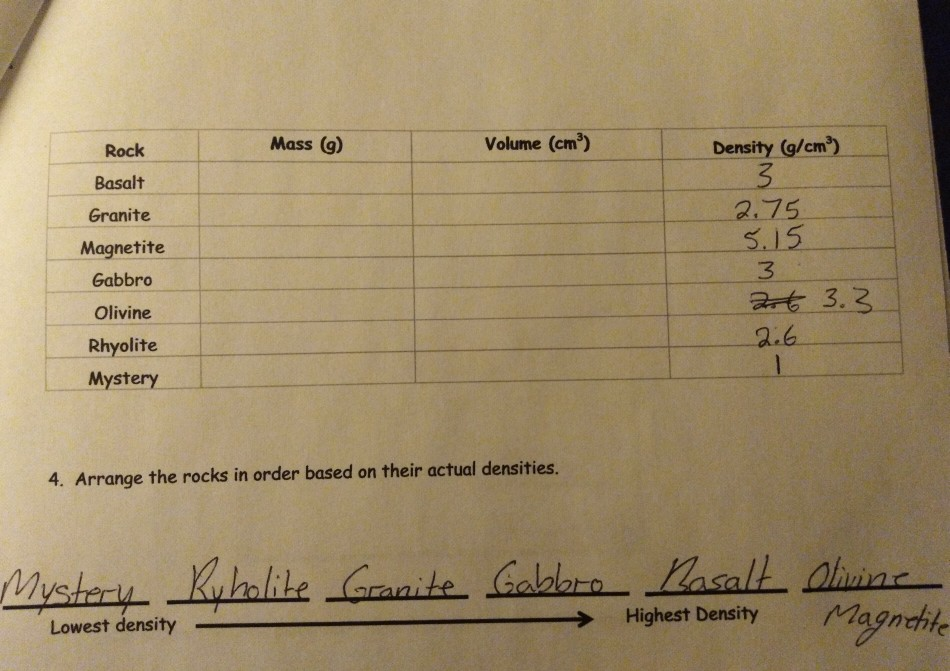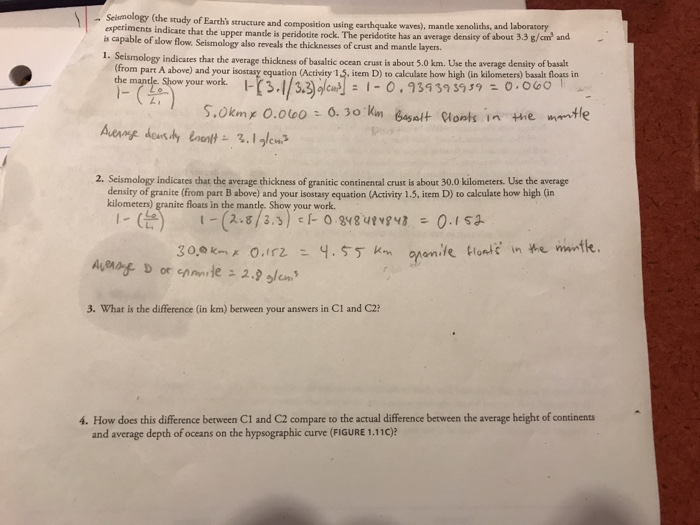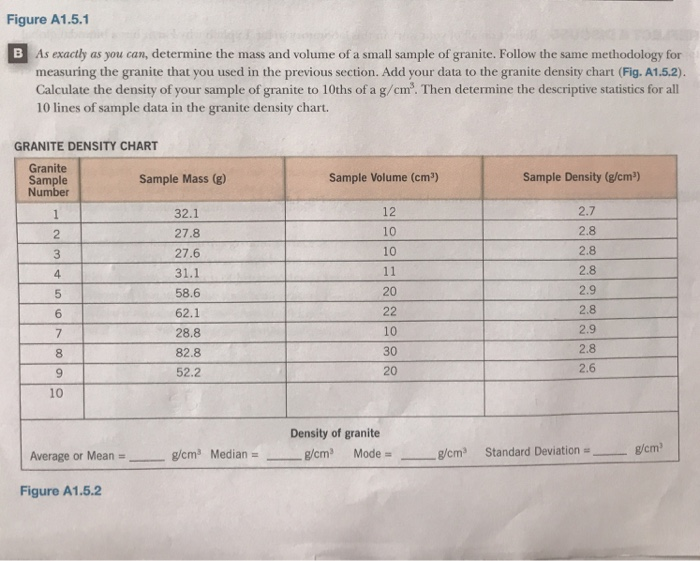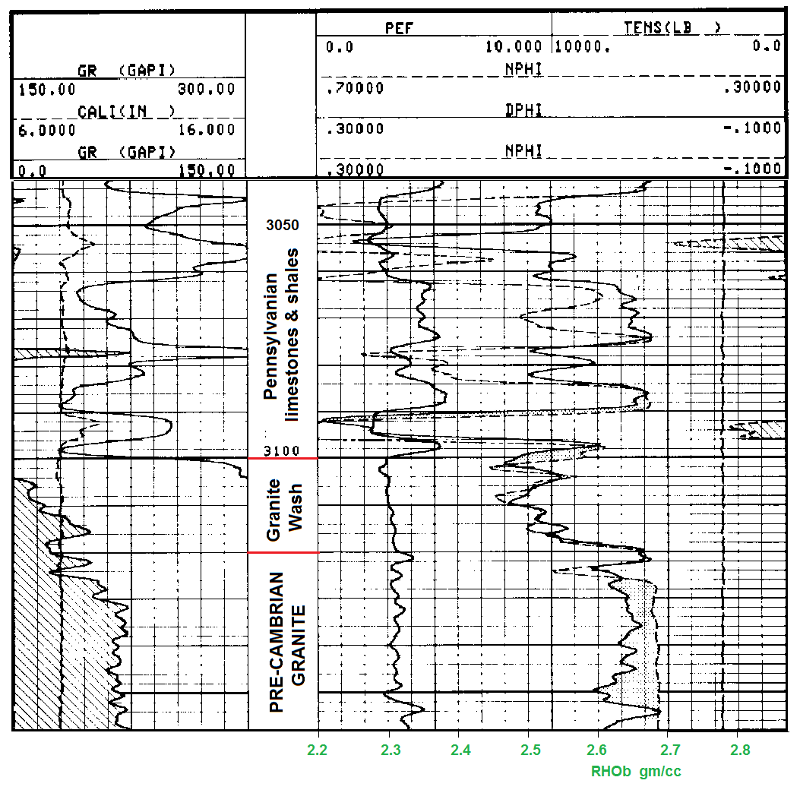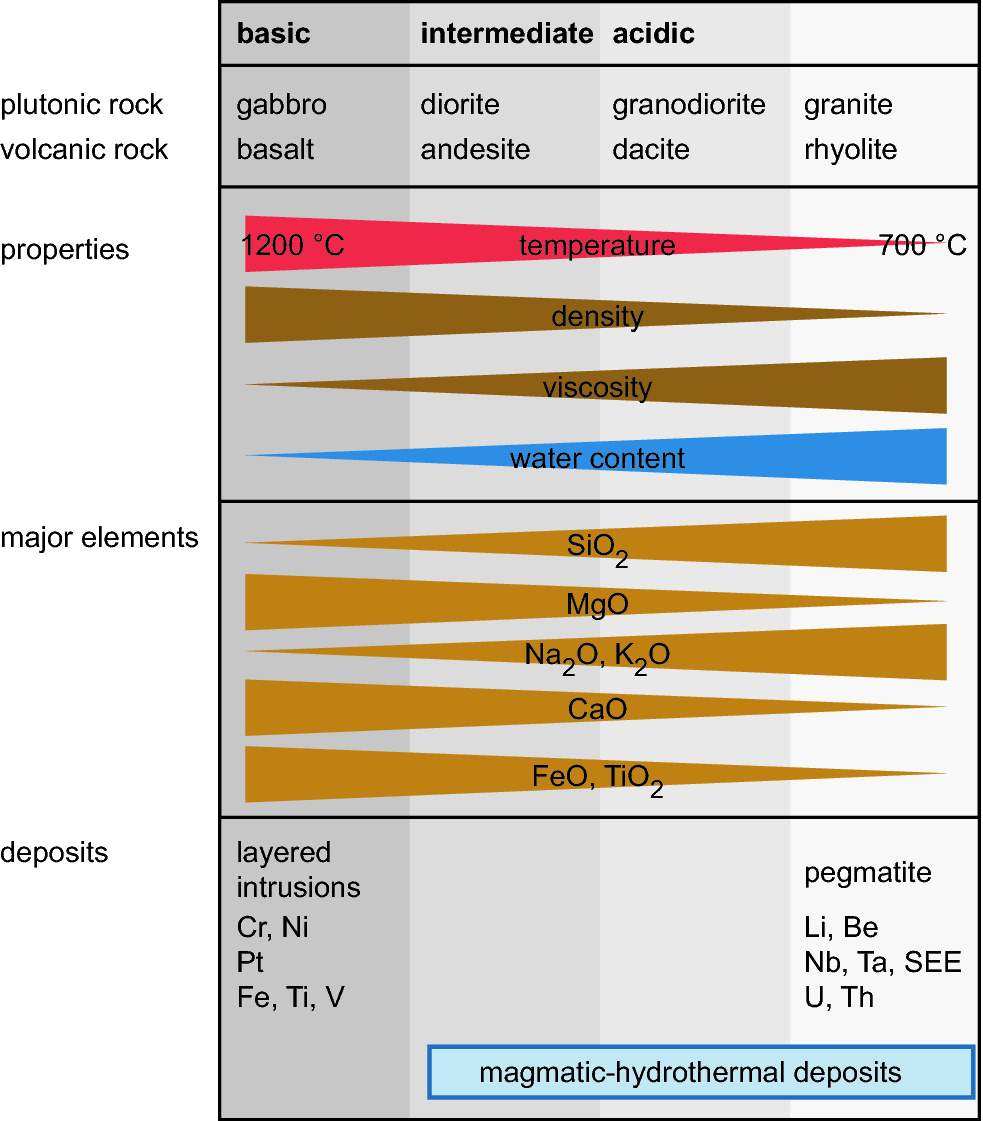Granite Vs Basalt Density

Properties of rock is another aspect for granite vs basalt.
Granite vs basalt density. This comparison allows the students to make some necessary connections between. The key difference between basalt and granite is that basalt is mostly occurring on ocean floors while granite is in the crust of the earth in all continents. As it turns out most of the ocean floor is basalt and most of the continents are granite. Porosity and density.
Gabbro s density ranges from 2 7 3 3 g cm 3. The trick is to heat the basalt back up again so it can melt and give the iron another shot at the core. This range of densities can also be attributed to a rock s porosity the amount of open space between mineral grains. And not all granites basalts and gabbros contain exactly the same minerals.
Basalt as a mafic rock contains more calcium oxide manganese oxide and iron compounds than granite. Summary basalt vs granite. Basalt is an igneous volcanic rock that forms commonly in oceanic crust and parts of continental crust. Granite is a felsic rock meaning that it has a high silicon content.
The hardness of granite is 6 7 and that of basalt is 6. It is mostly made out of quartz mica and feldspar. This is measured either as a decimal between 0 and 1 or as a percentage. Granite is available in black grey orange pink white colors whereas basalt is available in black brown light to dark grey colors.
Basalt wikipedia wikimedia foundation 13 sept. Since gabbro and basalt are made of the same minerals their densities are similar. Appearance of granite is veined or pebbled and that of basalt is dull and soft. It is common both on earth and other planetary bodies.
It wants to be there and heat is the key which unlocks the door. Its principle minerals include pyroxene feldspar and olivine. This station engages the students in a density problem by asking them to calculate the density of granite and basalt. Summary of basalt vs.
Its high iron content gives it magnetic properties and it may show signs of rust when exposed to air. In crystalline rocks like granite which have tight interlocking mineral grains porosity is normally quite low less than 1 percent.





